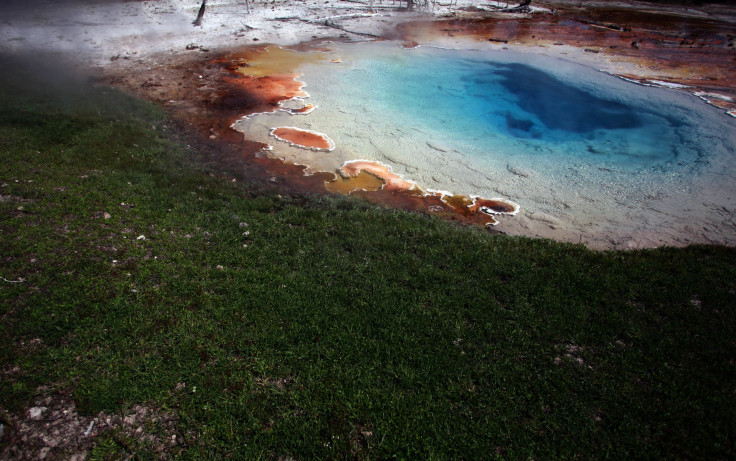What Lies Beneath Yellowstone? New Aerial Groundwater Survey Underway

The insides of the first national park in the United States are getting a closer look. And insides, in this case, doesn’t mean the interiors of the sprawling Yellowstone National Park but rather, what lies under it, beneath the roughly 3,500 square miles that make up the park.
Starting this week, researchers from the U.S. Geological Survey, University of Wyoming and Aarhus University in Denmark are mapping the underground features of the national park. A USGS statement calls it a “study to uncover Yellowstone’s subsurface mysteries.”
The study began with a helicopter electromagnetic and magnetic survey, which researchers hope will allow them “to distinguish zones of cold fresh water, hot saline water, steam, clay and unaltered rock from one another to understand Yellowstone’s myriad hydrothermal systems,” according to the statement.
The survey will be operated by SkyTEM, a Danish company that specializes in airborne geophysical surveys. A SkyTEM helicopter will fly low — about 200 feet above the ground’s surface — along pre-planned flight paths that will focus on the Mammoth-Norris corridor, Upper and Lower Geyser Basins and the northern part of Yellowstone Lake. The survey device — a giant electromagnetic ring-shaped system — suspended from the helicopter will sense and record tiny voltages related to the ground’s electrical conductivity.

The flights will continue for the next two to four weeks, and data collected will help plan future studies of the geological, geophysical and hydrological studies undertaken in Yellowstone, according to a statement on the University of Wyoming’s website.
The park is home to the Yellowstone Caldera, the largest supervolcano in North America, and is considered an active volcano. There are numerous geothermal features in Yellowstone, along with many lakes and waterfalls.
© Copyright IBTimes 2025. All rights reserved.





















